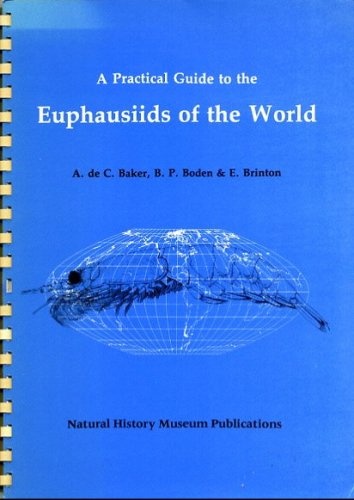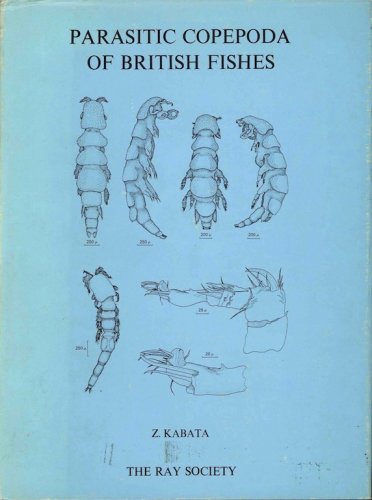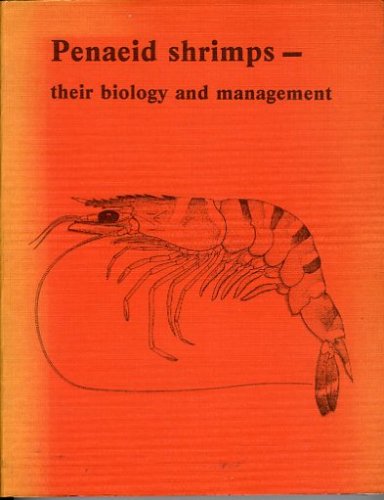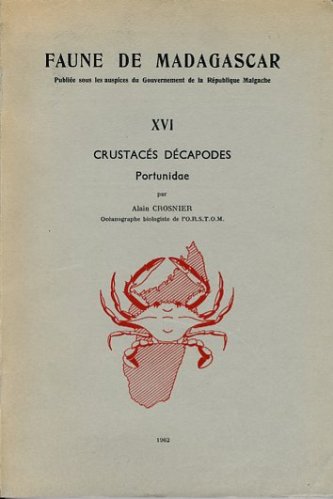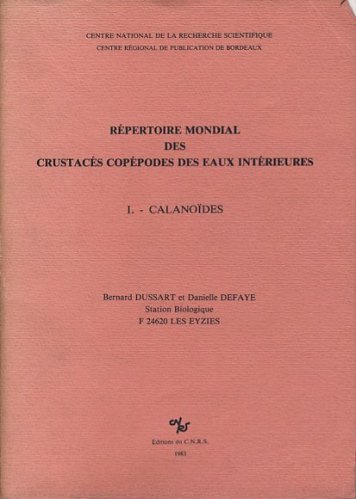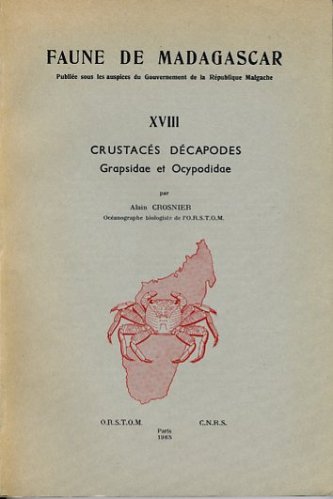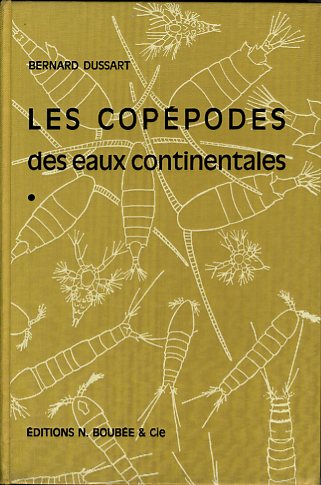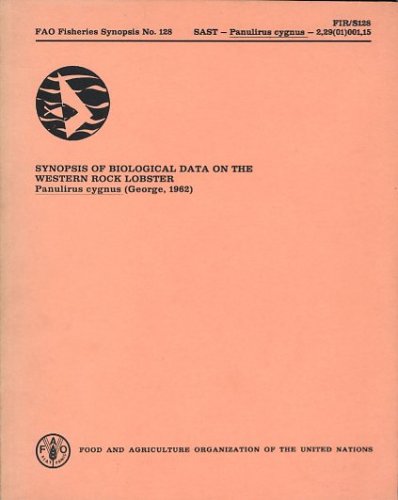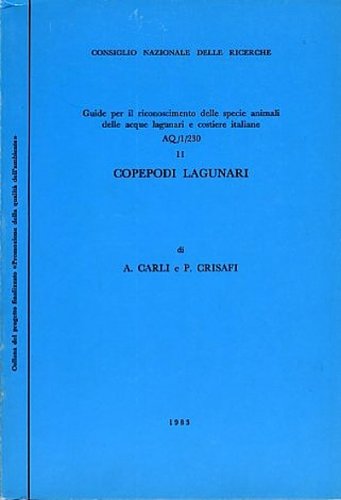This illustrated key is intended to help those who may wish to identify euphausiids but are unfamiliar with the Order, either because they are new to it, or simply because specimen identification is peripheral to their main interes!. It is hoped that it will be useful to those such as plankton sorters who wish to extend their expertise to species level and those who need to identify experimental material, as well as providing a practical guide to the Euphausiacea and an introduction to the standard taxonomic literature for those embarking on a deeper study of the Order through the identification of unnamed collections. Euphausiids are eucarid crustaceans and are divided into two families, the Bentheuphausiidae containing the single genus and species Bentheuphausia amblyops, and the Euphausiidae containing ali the other species. There are 86 known species of Euphausiacea (including the recently described Thysanopoda minyops and the reinstated Stylocheiron annatum). Although this is a much smaller number than in most other crustacean orders, the euphausiids probably constitute the most economieally important component of the oceanic planktonic biomass because of their relatively large size compared with other zooplankton and the great abundance of many of their species. Popularly known as krill, they form an important part of the diet of many animals including whales, seals, fishes, birds and, to a lesser extent, Man. The presence of birds feeding on surface swarms of euphausiids often aids fishermen in locating schools of fish. They are of interest to oceanographers because species distributions are readily definable and, on a large scale, can be regarded as good indicators of water masses.
Data pubblicazione
01/01/1990

